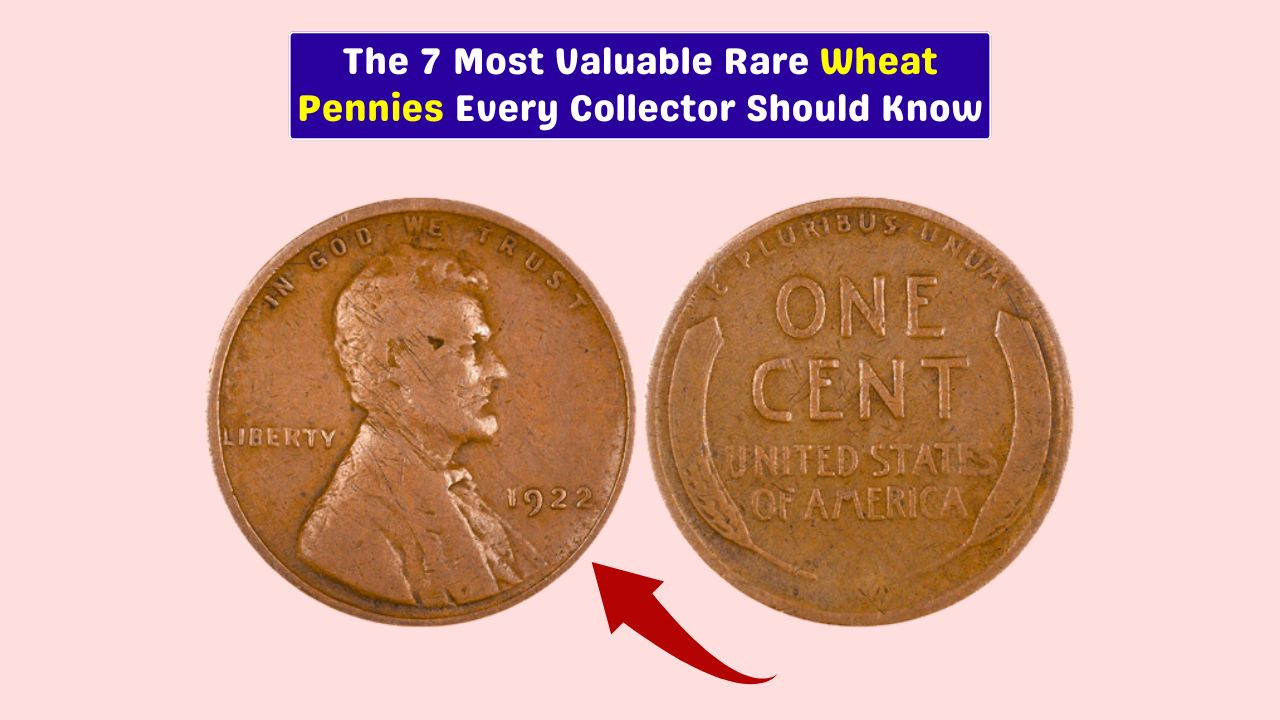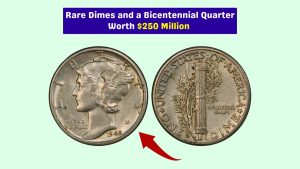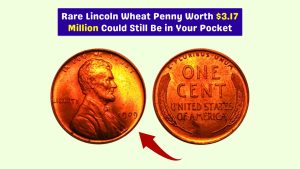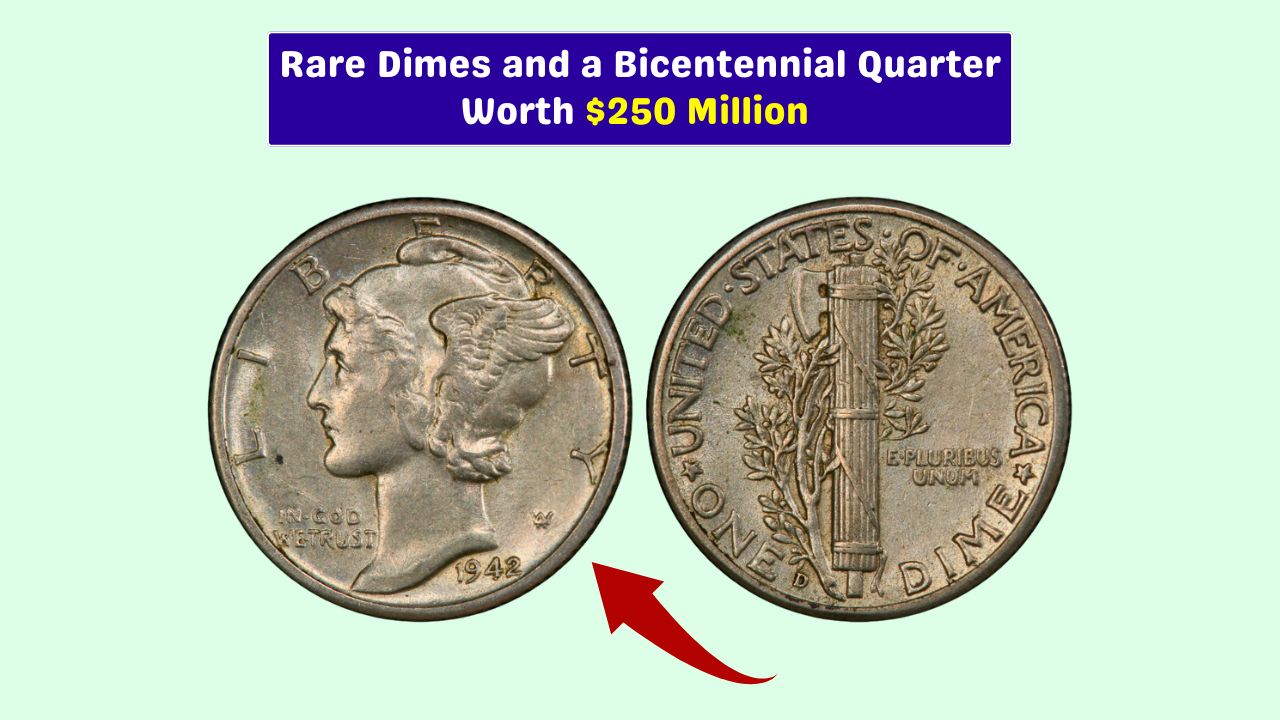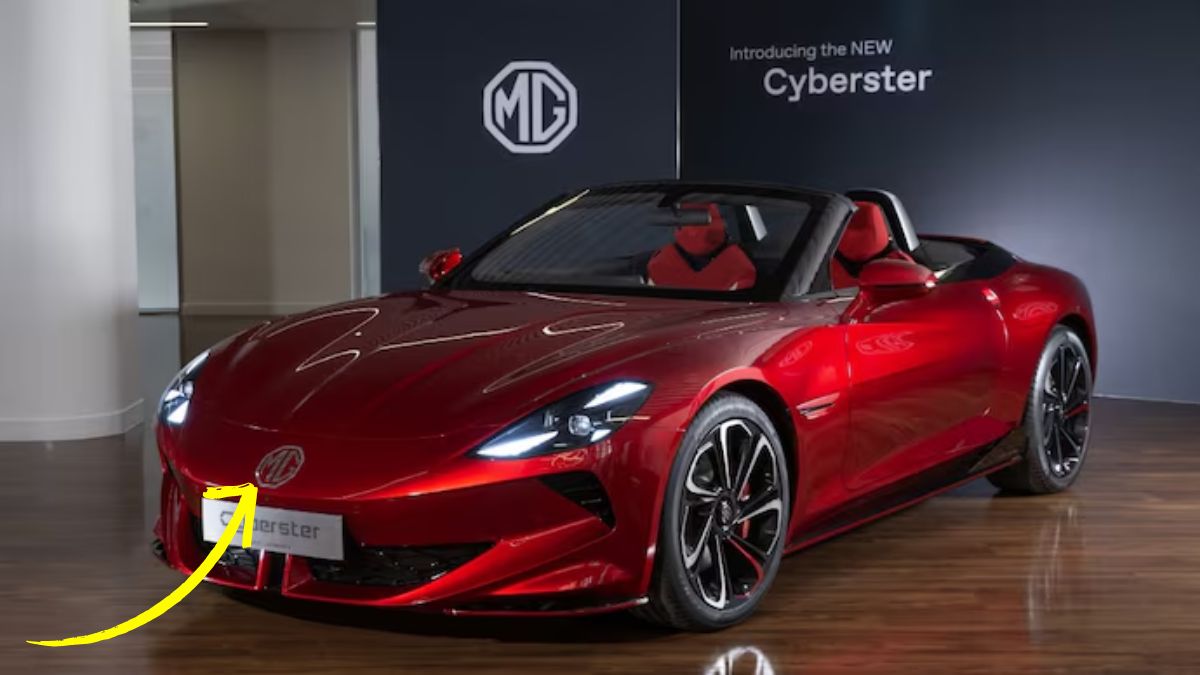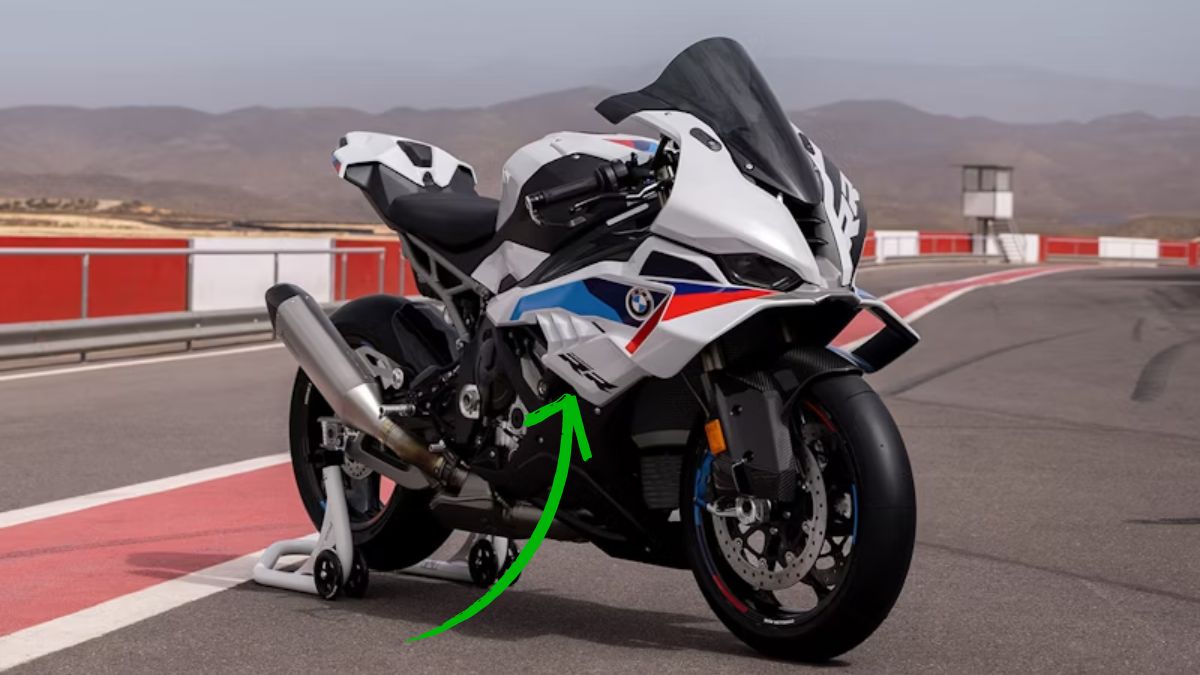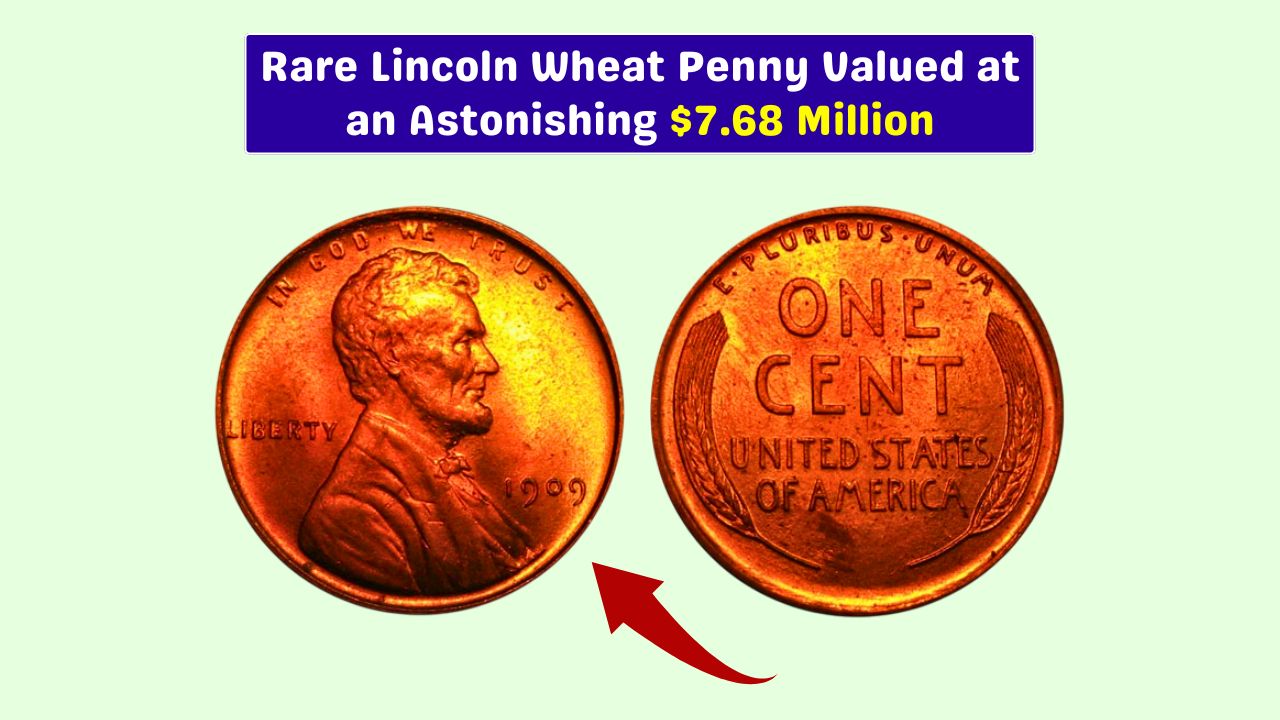Wheat pennies are more than just old coins—they’re miniature time capsules with stories and, in some cases, serious value. If you’ve ever sifted through a jar of pennies and wondered if you struck gold, you’re not alone.
Some rare Wheat pennies have sold for thousands—or even hundreds of thousands—of dollars. Let’s look into seven of the rarest ones that collectors would love to get their hands on.
1909-S
Let’s kick things off with the legendary 1909-S VDB penny. It was the first year the Lincoln cent was minted, and the initials “VDB” on the back stand for the designer, Victor David Brenner. What makes this coin so special? Only 484,000 were made in San Francisco.
That low mintage, combined with the VDB marking, makes it a top-tier collectible. Even in average condition, this penny can pull in several thousand bucks at auction.
1914-D
The 1914-D penny is a Denver-minted rarity with just over 1.2 million produced. Sounds like a lot, right? But most of them got worn down or lost over time. That’s why finding one in good condition is like hitting the jackpot. High-grade versions of this coin can easily cross into the five-figure territory at auctions.
1922
Here’s where things get interesting. The 1922 No D penny wasn’t supposed to exist. But thanks to a worn die at the Denver Mint, some coins came out without the usual “D” mint mark.
That little absence turned this penny into a collector’s dream. If you’ve got one in great shape, you’re potentially sitting on a coin worth thousands.
1931-S
With only 866,000 minted, the 1931-S penny is another semi-key date. It’s not talked about as much as the others, but scarcity still plays a big role in its value.
While it doesn’t reach the six-figure range, a well-preserved 1931-S can still fetch several hundred to a few thousand dollars.
1943
Now, let’s talk about the big one—the 1943 Copper penny. During World War II, the U.S. Mint used steel instead of copper to save metal for the war effort. But a few copper blanks from 1942 were accidentally used.
These super-rare error coins can sell for over $100,000. Yeah, you read that right. So if you ever find a 1943 penny that’s not magnetic, you might just be holding a small fortune.
1955
Next up is the 1955 Double Die Obverse penny. This one’s a textbook error coin, where the date and inscriptions on the front are visibly doubled.
It’s one of the most dramatic and sought-after double die errors ever. If you’ve got one in mint condition, it could easily sell for $5,000 or more.
1944
Last but definitely not least is the 1944 Steel penny. Most 1944 pennies were made of copper, but a few steel blanks from 1943 snuck through.
These coins are super rare and highly desirable. Depending on the coin’s grade, values can hit thousands of dollars.
| Wheat Penny | Key Feature | Estimated Value Range |
|---|---|---|
| 1909-S VDB | Low mintage, VDB initials | $1,000 – $10,000+ |
| 1914-D | Low mintage | $500 – $10,000+ |
| 1922 No D | Missing mint mark error | $1,000 – $5,000+ |
| 1931-S | Scarce year | $100 – $2,500+ |
| 1943 Copper | Wrong metal error | $50,000 – $100,000+ |
| 1955 Double Die Obverse | Visible doubling | $500 – $5,000+ |
| 1944 Steel | Wrong metal error | $5,000 – $15,000+ |
If you’re lucky enough to stumble upon one of these Wheat pennies, don’t let it go without checking its worth.
Condition, rarity, and demand all play into value—but even a moderately preserved version of these coins could help fund your next vacation… or more.
Happy hunting!
FAQs
What makes a penny a Wheat penny?
It has two wheat stalks on the reverse side, used from 1909–1958.
How do I check a penny’s value?
Compare it to coin guides or get it appraised by a professional.
Are 1943 steel pennies valuable?
Most are common, but the copper ones are extremely rare.
Where can I sell rare Wheat pennies?
Try coin dealers, auctions, or trusted online marketplaces.
What is a double die penny?
It’s a coin where the design is accidentally stamped twice.
